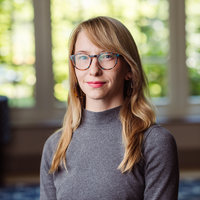
Deirdre M Smith
I am a scholar of contemporary art and visual culture who writes and teaches on artworks, exhibits and other artifacts that distinctively mediate ethical and ontological questions and problems. As an art historian, I often turn explicitly to what I view as the essential questions of the discipline: What is art? What is an artist? I approach these inquiries not as invitations to metaphysics, but rather to parsing the complexly socially- and historically-contingent and discursive ways that humans have attempted to respond to them. This focus has often led me to write and teach on the history of avant-garde practices in the 20th and 21st centuries, especially conceptual and performance art. My dissertation and related publication projects concern the philosophy of labor, particularly artistic labor, in the context of socialist Yugoslavia in the 1960s through the 1980s. I write about the work of a generation of experimental artists who developed complex, ambivalent relationships to artmaking as professional practice in dialogue with the ideology of non-aligned, self-management socialism. In other essays and articles on contemporary art, I have taken up subjects including Adrian Piper’s What Will Become of Me (1985-ongoing) and Maja Smrekar’s K-9_Topology: Hybrid Family (2016)—artworks that blur and disrupt the boundaries of what can constitute a work of art in order to further disrupt other categories of being and identity. I have also recently considered and written about the boundary-pushing question of whether nonhuman animals can themselves make art and be considered artists.
My joint role as a Teaching Assistant Professor of Museum Studies and an Assistant Curator at the Carnegie Museum of Natural History (CMNH) draws me into more interdisciplinary approaches to the history of visual culture and philosophical inquiry. One of my core responsibilities is teaching the course “Inside the Museum,” in which my students and I treat CMNH as a hub for practical and experiential learning in museum studies. Students in “Inside the Museum” gain an introduction to the breadth of roles and careers that make museums function, and the lived reality of labor and ethical decision-making in these careers. We spend time in the museum’s, galleries, storage spaces, library, and in conversation with its staff. Students learn about the history of CMNH, and develop projects connected to key topics of concern at the museum today, especially contending with the legacy of the specific ways in which natural history museums are entangled with histories of colonialism.
In my capacity as Assistant Curator at CMNH, I have delved into the history of the museum and its collection, developing projects and convening conversations on the museum’s dioramas, the contributions to the collection of Presbyterian missionaries stationed in Cameroon in the early twentieth century, the museum’s collection of contemporary naturalist and scientific illustration, among other topics.
My joint role as a Teaching Assistant Professor of Museum Studies and an Assistant Curator at the Carnegie Museum of Natural History (CMNH) draws me into more interdisciplinary approaches to the history of visual culture and philosophical inquiry. One of my core responsibilities is teaching the course “Inside the Museum,” in which my students and I treat CMNH as a hub for practical and experiential learning in museum studies. Students in “Inside the Museum” gain an introduction to the breadth of roles and careers that make museums function, and the lived reality of labor and ethical decision-making in these careers. We spend time in the museum’s, galleries, storage spaces, library, and in conversation with its staff. Students learn about the history of CMNH, and develop projects connected to key topics of concern at the museum today, especially contending with the legacy of the specific ways in which natural history museums are entangled with histories of colonialism.
In my capacity as Assistant Curator at CMNH, I have delved into the history of the museum and its collection, developing projects and convening conversations on the museum’s dioramas, the contributions to the collection of Presbyterian missionaries stationed in Cameroon in the early twentieth century, the museum’s collection of contemporary naturalist and scientific illustration, among other topics.
less
Related Authors
Stephennie Mulder
The University of Texas at Austin
Alejandra B Osorio
Wellesley College
Andrea Peto
Central European University
Claire Bishop
Graduate Center of the City University of New York
Renata Holod
University of Pennsylvania
Nikolaos Tzifakis
University of the Peloponnese
Katerina Kolozova
Ss. Cyril and Methodius University/ Institute of Social Science and Humanities, Skopje
Olga Palagia
National & Kapodistrian University of Athens
Mauro Grondona
University of Genova
Warren Woodfin
Queens College of the City University of New York
InterestsView All (9)


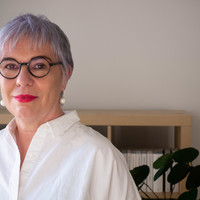
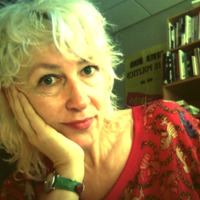
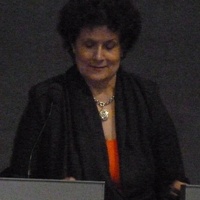
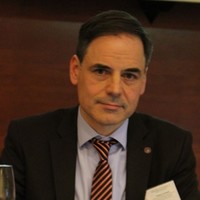

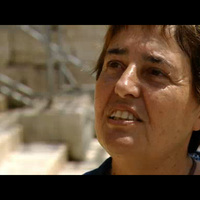
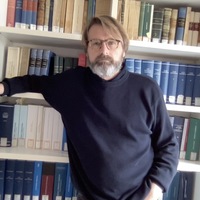
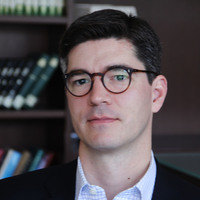
Uploads
Papers by Deirdre M Smith
Editorial by Deirdre M Smith
In this issue, we are interested in those approaches as well as individual and collective efforts that question the omnipresent quest for visibility. This attitude may be manifested in negating the market and the conception of artwork as commodity, or in a dismissal of galleries and museums. Yet, it may also be expressed in the artist’s approach – his or her state of mind – of being authentically exhausted with and distanced towards fame and recognition despite being a successful player in the world of high-budget commissions and festivals of art in public space. We are interested both in the intentionally orchestrated gestures of disappearance, as well as in the “dark matter” of art – this group of countless and anonymous “dogs-bodies” of culture.
In recent decades, calls for invisibility, absence or withdrawal have been also voiced by institutions involved in exhibiting art. We are interested in initiatives undertaken in this sphere, as well as attempts to withdraw from it, as exemplified by the recent Biennale de Paris, which presented an alternative to the “cyclical” festivals of art. Another important issue is the presence of works of ephemeral and dematerialised nature in public art collections. In this context, we would like to investigate institutional mechanisms that allow them to include such projects in permanent collections. We wish to highlight the commonly unnoticed work of curators and completely invisible conservation practices.
In this issue, we wish to consider whether all those practices are able to provide merely a substitute for a “real,” institutionalised and commodified culture? Or, on the contrary, in the media-dominated world, where everyone is truly visible and Andy Warhol’s 15 minutes of fame is so much more than just a phrase, can efforts to be visible and retain material permanence be seen as largely anachronistic, while the most valuable qualities are anonymity and transience? Or, perhaps, this is merely another game and another strategy to – just like Banksy – enter the artworld through the back door, through the gift shop?
Book Reviews by Deirdre M Smith
http://caareviews.org/reviews/3889#.YNPHv_c8IlR
In this issue, we are interested in those approaches as well as individual and collective efforts that question the omnipresent quest for visibility. This attitude may be manifested in negating the market and the conception of artwork as commodity, or in a dismissal of galleries and museums. Yet, it may also be expressed in the artist’s approach – his or her state of mind – of being authentically exhausted with and distanced towards fame and recognition despite being a successful player in the world of high-budget commissions and festivals of art in public space. We are interested both in the intentionally orchestrated gestures of disappearance, as well as in the “dark matter” of art – this group of countless and anonymous “dogs-bodies” of culture.
In recent decades, calls for invisibility, absence or withdrawal have been also voiced by institutions involved in exhibiting art. We are interested in initiatives undertaken in this sphere, as well as attempts to withdraw from it, as exemplified by the recent Biennale de Paris, which presented an alternative to the “cyclical” festivals of art. Another important issue is the presence of works of ephemeral and dematerialised nature in public art collections. In this context, we would like to investigate institutional mechanisms that allow them to include such projects in permanent collections. We wish to highlight the commonly unnoticed work of curators and completely invisible conservation practices.
In this issue, we wish to consider whether all those practices are able to provide merely a substitute for a “real,” institutionalised and commodified culture? Or, on the contrary, in the media-dominated world, where everyone is truly visible and Andy Warhol’s 15 minutes of fame is so much more than just a phrase, can efforts to be visible and retain material permanence be seen as largely anachronistic, while the most valuable qualities are anonymity and transience? Or, perhaps, this is merely another game and another strategy to – just like Banksy – enter the artworld through the back door, through the gift shop?
http://caareviews.org/reviews/3889#.YNPHv_c8IlR